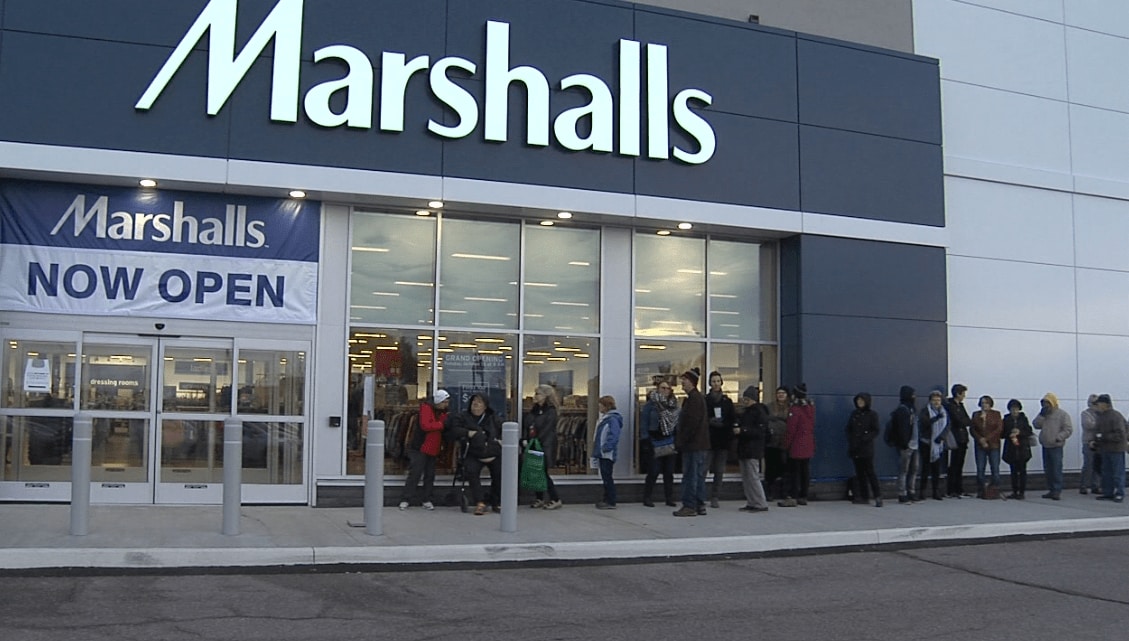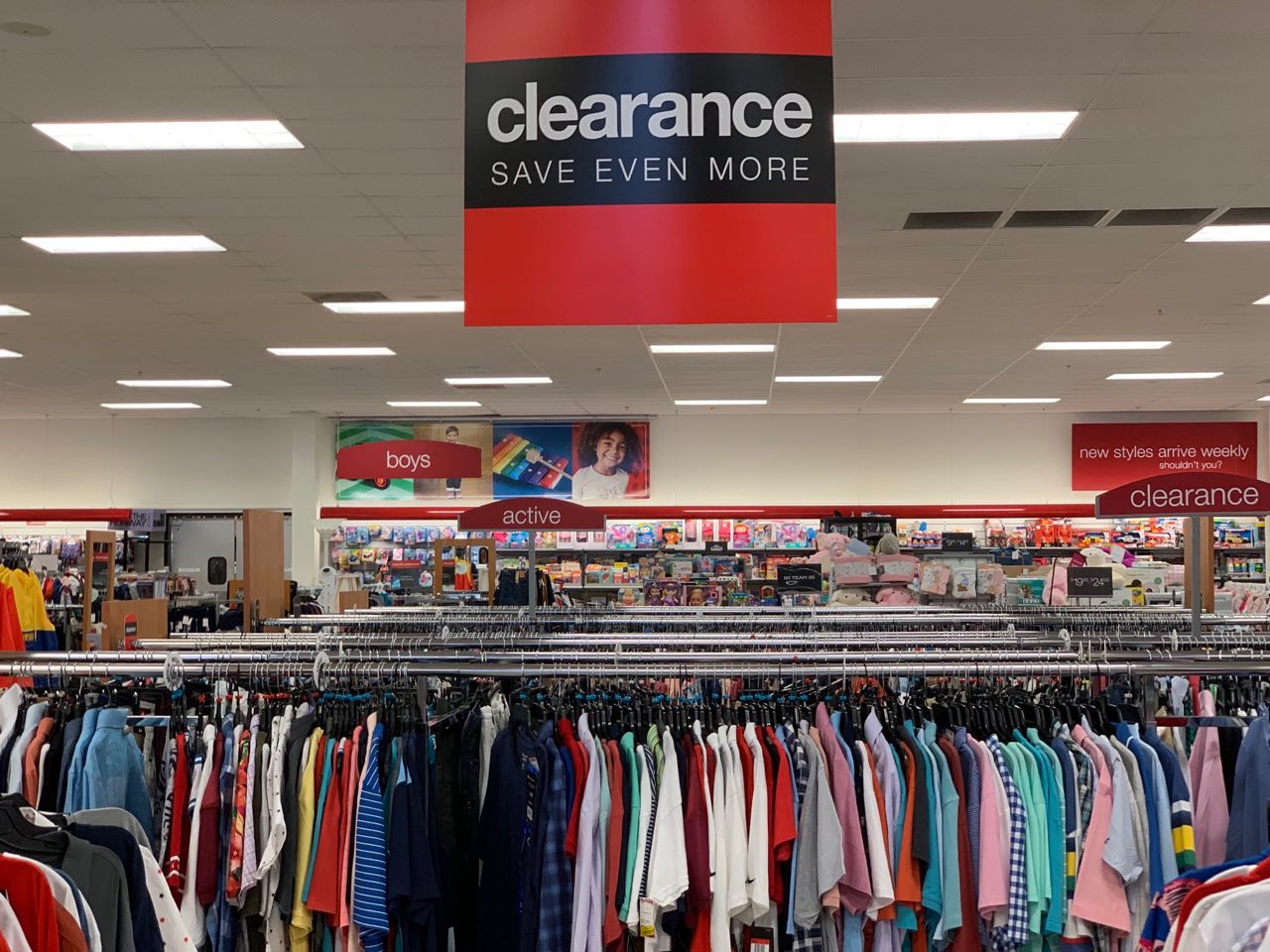Why Does the Rising Star TJX to Limited Customers’ Online Order?

Along with its sister companies Marshalls and HomeGoods, TJ Maxx has managed to stay afloat as traditional retailers and department stores struggle, thanks to its loyal fan base and savvy business model. Even amid the coronavirus pandemic — which has pushed retailers including JCPenney, J.Crew, and Neiman Marcus into bankruptcy — TJ Maxx and its parent company, TJX Cos., continues to shine.
The TJX traces its history back to 1919 when brothers Max and Morris Feldberg founded New England Trading Company in Boston, Massachusetts. This business prospered and in 1929 the Feldbergs opened their first retail store, devoted to selling ladies hosiery. Twenty years later, their one store had grown into a chain of women’s apparel stores that stretched from New England to Washington D.C. In the mid-70’s, a young and talented merchant, Ben Cammarata, was offered an opportunity to build a new off-price chain, and under his leadership, TJ Maxx was born. With the success of TJ Maxx, the Company grew into The TJX Companies, Inc., which today is the leading off-price retailer of apparel and home fashions in the United States and worldwide
The TJX operates as an off-price apparel and home fashions retailer in the United States and worldwide. The company operates its business through four business segments: Marmaxx, HomeGoods, TJX Canada and TJX Europe. The Marmaxx segment operates TJ Maxx and Marshalls chains in the U.S. It sells family apparel including footwear and accessories, home fashions including home basics. The HomeGoods segment is an off-price retailer of home fashions in the U.S. Through its stores, HomeGoods offers a broad array of home basics from around the world, seasonal and other merchandise.
Limited Online Order- Why TJX Doesn’t Need E-Commerce to Survive?
Earlier this year, retailers across the U.S faced unprecedented challenges as the pandemic spreads, forcing states to mandate store closures for non-essential businesses. Unfortunately, off-price retailers belong to this group of non-essentials. While they enjoyed lower electricity bills, off-price retailers generated near-zero revenue during the period when stores were closed, due to their lack of online presence. While the two rivals Ross Stores and Burlington have a purely bricks-and-mortar business model, TJX had launched its e-commerce line in prior years
TJX has the most developed online store in the category — and it accounts for only 2% of sales. However, the company also limited customer’s orders, what is TJX expecting from this business? Can they compete in an online marketplace already crowded with discount? The answer is TJX doesn’t need it — e-commerce is not where it does the business.

Why Does TJX Neglecting E-Commerce in The Pandemic Era?
TJX’s off-price is the category which has resisted any meaningful embrace of e-commerce throughout the internet era, even as pretty much every other consumer-facing business scrambled to offer an online alternative. This isn’t because off-price chains are Luddite businesses, or in denial about the future. It’s because they believe that, even post-pandemic, their customer isn’t looking for a digital option; they want the real-world thing. And so far, this focus on the in-person shopping experience — even amid a pandemic — is working surprisingly well.
Like all retailers, the off-price chains took a major hit during the lockdown period that started mid-March and lasted in many markets into early June. But when stores reopened, the off-price consumer was ready. These treasure-hunt enthusiasts had been pent up for months, not only from shopping but almost any other form of out-of-home fun. TJ Maxx and Burlington said their initial sales when lockdowns began to lift in June tracked above last year’s numbers
Wall Street has taken note. Shares in TJ Maxx’s parents TJX Corps plunged from a high of $63 per share in February to about $36 in mid-March, but has since rebounded to about $53 per share as of August 5. TJX may have the strongest position in the category, because its stores carry a higher percentage of housewares and furniture; apparently, the work-at-home lockdown months have resulted in more demand for home decor and other nesting upgrades.
The off-price shopping experience is different: an unpredictable journey that rewards your determination. Who knows what delightful brand-name garment you’ll find at a deep discount? Therefore, listing items online would go against its strategy of injecting shoppers with “FOMO” — the fear of missing out: Inventory is limited, so buy it now or it’s gone forever.
Besides, the off-price stores do little to no e-commerce business for many reasons. One is that many of the bigger brands who use these channels to move excess inventory don’t want easily discoverable online evidence of just how cheaply you can buy certain Nike or Michael Kors or Balenciaga goods. For such brands, the whole point of working with these chains is that they can spread the merchandise out over hundreds of locations, so there’s never a huge “Nike for sale” display. The other reason is that, at best, e-commerce cannibalizes in-store sales, without truly replacing the in-store experience. That’s true for any retailer. But while many customers of department stores or other retail are perfectly happy to skip the in-store experience altogether, loyal off-price shoppers actually enjoyvisiting the stores.
Last but not least, why online sales don’t work for this business model is due to the timing of merchandise purchases. A Fortune article outlines the purchasing process between department stores and off-price retailers:
“Unlike department stores, which order products six to nine months ahead of time and tend to buy an item in its full assortment of sizes and colors, the off-price giants make purchases much closer to when the items will hit shelves and don’t need to have every size of something to buy it. And they are constantly bringing in new items.”
With fresh inventories coming in every month or so, updating the website product catalog this frequently is not only unproductive but also a headache. Furthermore, off-price retailers have a massive network of manufacturers and vendors to buy from where products will vary immensely across different suppliers. Off-price retailers also make purchases created by manufacturer overruns and canceled orders both during and at the end of a season (known as “close-out” purchases), making the type, amount, size, and color of leftover merchandise available for purchase very unpredictable. “I would say strategically nothing will change in terms of the total TJX. We will not look to e-commerce as our major leveraging point to get us through COVID and out the other side it’ll be complimentary as it always is.” — Ernie Herrman, CEO of TJ Maxx.
TJX And the Inevitable Harvest After Corona Crisis
Since the lockdown, no doubt retailers are stuck with tons of inventory from previous season. Walk out of the pandemic it is for granted TJX will benefit the most. How comes?
Why There Be the Greatest Clearance Sale?

Since the government-imposed shutdown of non-essential businesses in March, the majority of retailers have been scrambling left and right to manage their liquidity position. Some of the measures taken were furloughing employees, cutting capital expenditures, reducing executive pay, deferring rent payments, and canceling orders. Macy’s, Kohl’s, and Gap were among the vast number of major retailers that canceled orders or extended payment terms with suppliers. This puts suppliers in a relatively tough spot as they become cash-strapped and their facilities loaded with merchandise that might soon-to-be out-of-season.
Just like their suppliers, major retailers might also have a large inventory built-up due to their inability to sell merchandise because of store closures and social distancing measures. Since the lockdown happened in spring, much of the spring and summer merchandise is left unsold. A number of retailers including TJX have written down the value of their merchandise, as spring wears becomes “seasonally irrelevant.” These retailers will have to clear out their inventory before the back-to-school and holiday seasons, and the only way to do so at a rapid pace is through deep discounting. Such a synchronized move of discounting will create a temporary influx of overly-cheap merchandise in the market, adding more pressure for off-price retailers. As The Retail Doctor, Bob Phibbs wrote: “We are going to witness the greatest apparel clearance sale in history.”
Rise After the Pandemic, TJX Benefit While Others Struggle

As the world enters into a downturn, more people will become more price-sensitive as they try to save as much money as they can, especially if government stimulus checks are discontinued or reduced. This creates an opportunity for off-price retailers to gain market share, as seen during the Great Financial Crisis where they reported year-over-year growth while peers lag behind. With a record number of unemployed persons since the Great Depression, the mass will be hungrier for bargains than ever.
To protect their cash reserves while stores are closed, the department stores and clothing chain like Gap, etcetera, which compete albeit indirectly with the off-price players, have canceled orders on an unprecedented scale.
But they already have a lot of inventory built up for spring and summer that they will have to clear out for fall merchandise and eventually the holiday season. A lot of that will have to be done via deep discounting which create a temporary surfeit of merchandise on the market that depresses prices and increases competition for the off-price crowd.
After that headwind, this storm ultimately reinforces the trends that have made TJ Maxx and its parents company the big winners in apparel retail.
“They’ll absolutely be in the driver’s seat in terms of the available merchandise and pick the best of the best to put in their stores,” says Instinet retail analyst Michael Baker. That, in turn, will keep shoppers interested and perpetuate their long defection away from department stores. So, if anyone can outlast rivals in the storm and emerge as bigger winners, the off-price retailers- especially TJX have some of the best odds.
The Bottom Lines
24 years streaking in sales growth, TXJ has taken up all the Americans’ attention with its hot bargain. As a non-essential supplier, of course there are unavoidable damages entering the Covid-19 downturn, but still TJX declared it’s not interested in online business, the company is in strong position to survive without this cyber game. Customers now is more than ever price-conscious, and TJX is expecting an explosion in sales digits after this Corona crisis.








